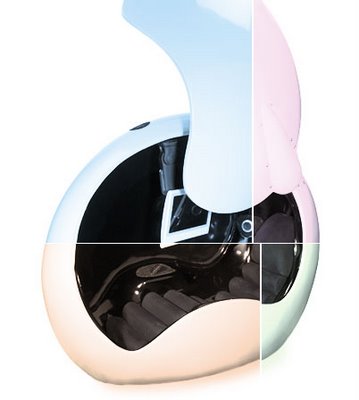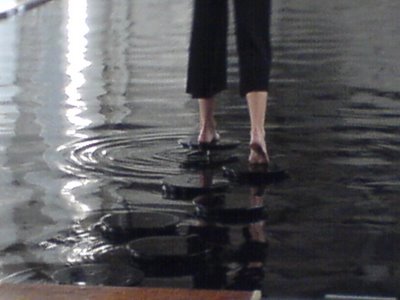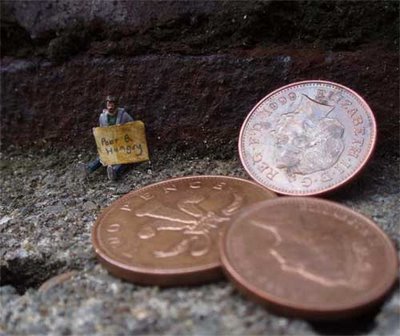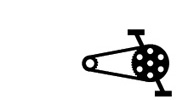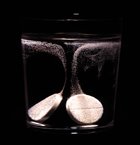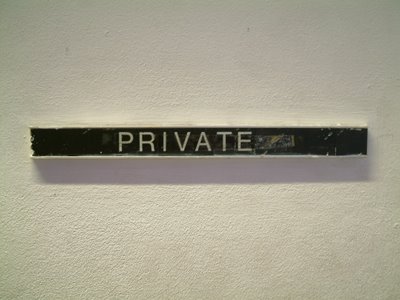The Long Bad Decade
The passage of time has set this film further into context, documenting the pre- Thatcherite impending docklands property boom and the now quaint IRA terrorist threat, the tension of the modern world is harder and higher than in the late ‘70’s. The 1970’s were a dark time, the mid to late sixties prosperity had passed and by the mid seventies London was a grey, dark and casually violent place. The old fashioned London criminal community headed by the Kray or Richardson type gangster was a dying breed, as a small child of these times I remember no glamour, the world seemed a depleted place, for most of my contemporaries and their families being working class Londoners meant a return to lesser means, despite the potential improvements in the standard of living and the belief in a prosperous future in the sixties it seemed like that time had never happened and we had regressed back to the fifties.
So with these thoughts in my mind I was fascinated by the unfolding of the story of Harold Shand and the events that unfold on the Good Friday of the title. I have heard Shand described as a Thatcherite icon, the film was released in 1979. At the same time as Margaret Thatcher came to power, many people saw a new vibrant force for change and improvement in the country, to some this heralded an opportunity that the common man could succeed and prosper with assistance from a supportive prime minister. The economic deregulation, the removal of seemingly overly powerful unions driving unnecessarily burdensome employment laws and loosening the reigns of planning constraints on town planning regulations meant that for some a golden age of prosperity was predicted. The Docklands was of course a major site for this future prosperity.
In the cinematic landscape of ‘The Long Good Friday’ this was Harold Shand’s time, for ten years he had carved up London for a variety of gangland bosses, if they stayed in their ‘manors’ and brought no fuss to the bosses of other parts of London then peace would continue for this unprecedented period of time and beyond, including his territory of East London. But just as he was negotiating an investment deal with mafia investors from New York and with a council planning official in his pocket something was brewing to potentially scupper his plans, as his American partners arrived for final negotiations the quiet world of the past 10 years was unravelling in front of him. The deal would harbour more peace in the criminal world of London and for Shand and his associates the opportunity to go legit and very wealthy in one fell swoop. Unbeknownst to Shand forces had been unleashed that not even he could contain, one of his gang had skimmed money from a deal with the IRA and in the unlawful world of the terrorists and the gangland boss guilt by association was enough to jeopardise not only his plans but his life.
In hindsight the metaphors in the film come heavily signposted, but in the early months of the Thatcher reign John Mackenzie’s film impressively predicted the decade that was to follow. Through the 1980’s the economic reforms of the Conservative government changed the political landscape, for some deregulation of many facets of the economy and its affect on associated governmental policy changed peoples lives, some for the better but many for the worse. The gap between rich and poor widened and accelerated and continues unchecked to this day. The face of the North Eastern banks of the Thames changed from one of docks in decline or in most cases lost forever to a river view haven for the wealthy and newly wealthy. The IRA moved from being a solely terrorist organisation into an illegal business with criminal interests outside of its core activities and links with international crime organisations. The European union was foretold as a counterpoint to the economic power of the USA. Most importantly for me was the death of the London working class, Shand has been portrayed as an arch-Thatcherite but on watching the film again I might disagree. Shand is the metaphor for enforced cultural change under the long Conservative reign, as a traditional working class figure he represents the go getting, money obsessed model of social improvement through economic opportunism that Thatcher was trying to create but this is slightly wide of the mark. Harold Shand is a proud man, he realises the world is changing and he wants a part of the opportunities before others can get there, it is necessary for his survival to pragmatically take control of the changing face of London. But this working class icon is not as one dimensional as you may first think, his pride and fear of the future means that he intends to use everything in his power to go legit and survive in the new Thatcherite world, for those of his class who were really faced with life in Thatcher’s Britain the choice was stark, stay working class and stay poor or become socially mobile and become wealthy. In the past Britain had self supporting working class communities, you served your community through your trade or business and maybe through other more marginal or illegal activities, nonetheless you were proud of your roots and saw no need to remould yourself in the image of a culture that was not your own. For most who prospered improvement meant social mobility and mobility meant becoming middle class, for those that wouldn’t or couldn’t partake of this mobility we now see the affects of Margaret Thatcher’s reign. Sustainable working class communities hardly exist in Britain nowadays, small business have been priced out and undermined by global competition, the homegenisation of our high streets can bear witness. Home ownership increased but for those that bought council owned properties there is a realisation amongst many that they have been duped, compare the disparity of prices of ex-council housing stock and the traditionally privately owned properties, not to mention the continued leasehold situation and the crippling bills enforced by local councils for work to common parts of the buildings, what freedom of house ownership exists there?.
Shand was fighting to retain his pride and integrate his working class culture into the new Britain and just like his real life counterparts was crushed by global forces too big for him to take on. The parting shot of the film is immensely powerful, his subtly changing expressions on realising the inevitable consequences of his actions show fear, defiance, strength and resignation in equal measure. It’s a face I recognise only too well and this was the face of many through the 1980’s, it’s a face I rarely see anymore though.
